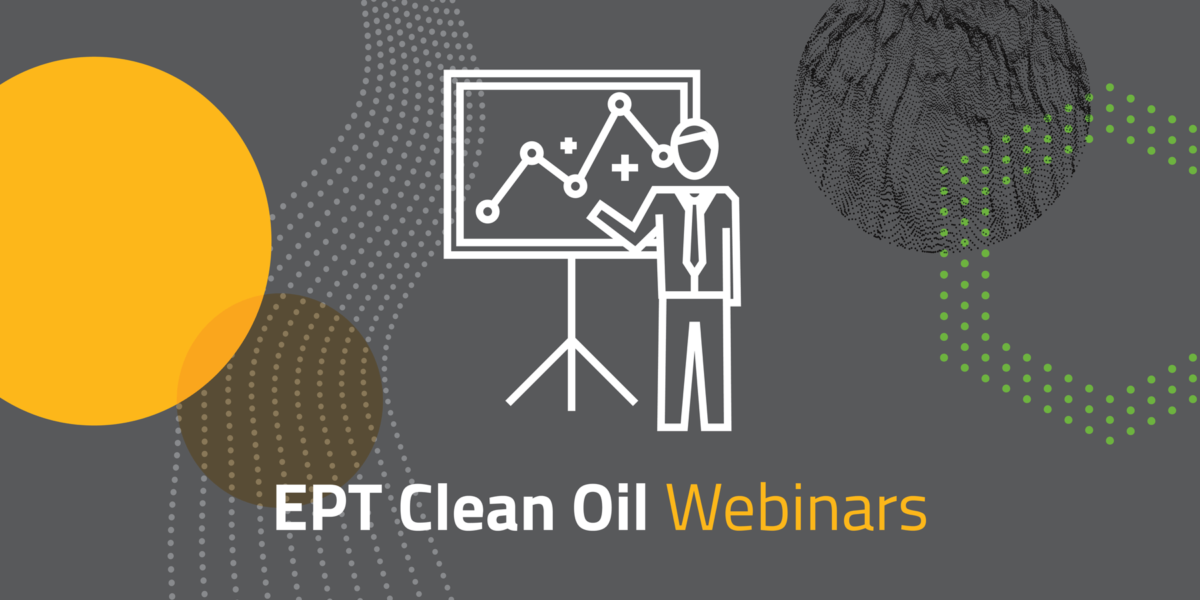Why Varnish Removal Fails

The Soluble-Insoluble Turbine Lubricant Varnish Equilibrium
Turbine lubricant varnish is produced by breakdown of hydrocarbon lubricants. Its deleterious impact on equipment performance and reliability is well-documented. Varnish has traditionally been defined as an insoluble deposit, however, it also exists in an often-overlooked soluble state. While soluble varnish forms as the result of an irreversible chemical reaction, the conversion between soluble and insoluble varnish is often a physical process; importantly, this process is reversible. Like other interconvertible states of matter, the relative amount of soluble and insoluble varnish in a system is dictated by a dynamic equilibrium.
Numerous oil treatment strategies have been developed to mitigate the harmful effects of varnishing. In order to be successful, these strategies must address the effect that their use will have on the soluble-insoluble varnish equilibrium. Most rely on filtration, which focuses on the removal of insoluble varnish particles. Unfortunately, these systems have little impact on varnish’s soluble form; once they remove insoluble varnish, soluble varnish persists and will re-establish an equilibrium leading to the formation of new particles/deposits. Filtration, therefore, addresses only half of the varnish problem. Resin-based soluble varnish removal (SVR®) systems are engineered to remove dissolved varnish at the molecular level. As the soluble-insoluble varnish equilibrium is re-established, insoluble varnish then begins to re-dissolve. SVR systems exploit the soluble-insoluble varnish equilibrium and provide a total solution by removing both varnish states. Their use can, therefore, mitigate the risks associated with lubricant breakdown.
Presenter Background: Matthew G. Hobbs is the Senior Chemist at EPT Clean Oil, where he manages research, development and the Fluid Technical Center services. As a technical expert, Matthew works with users to provide lubricant contamination solutions in critical industrial applications. Before joining EPT Clean Oil, Matthew obtained his PhD in synthetic chemistry from the University of Calgary and was the General Manager of a National oil analysis laboratory.
Matthew is also an active contributor to ASTM, recognized recently with the Award of Appreciation from ASTM International. This award recognizes the tremendous contributions Matthew has made to the Petroleum Products, Liquid Fuels, and Lubricants Committee. Of note, Matthew was a vital contributor to the updates of the following ASTM Standards:
- ASTM D4378-20: Standard Practice for In-Service Monitoring of Mineral Turbine Oils for Steam, Gas, and Combined Cycle Turbines
- ASTM D8323-21: Standard Guide for Management of In-Service Phosphate Ester-based Fluids for Steam Turbine Electro-Hydraulic Control (EHC) Systems.



